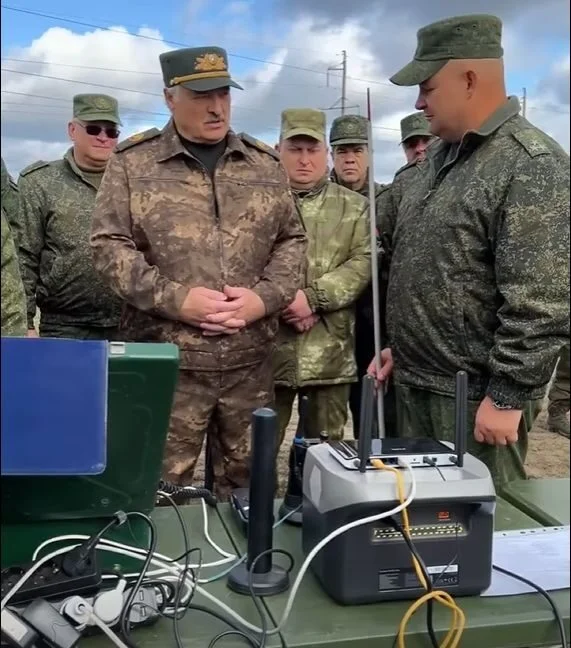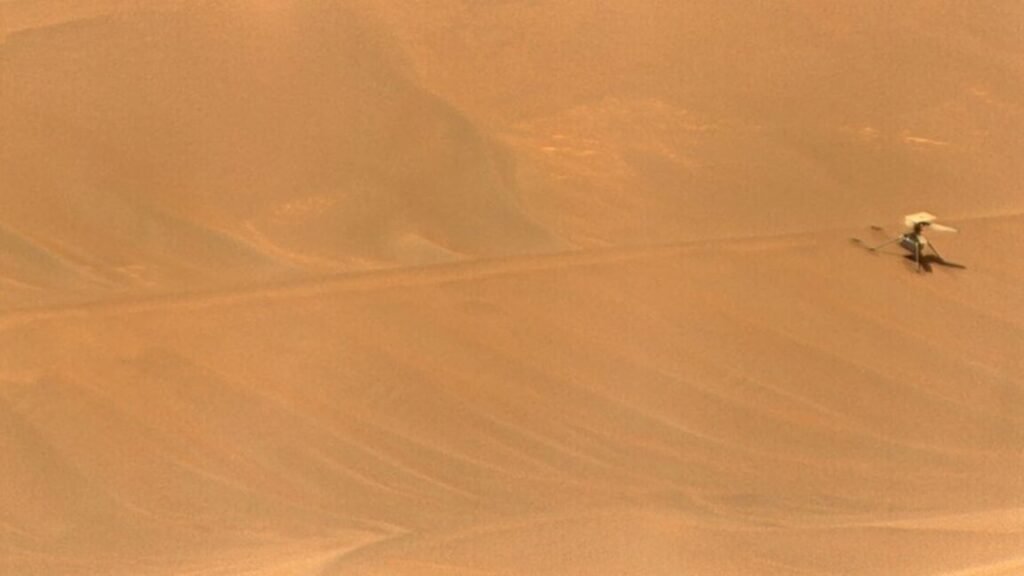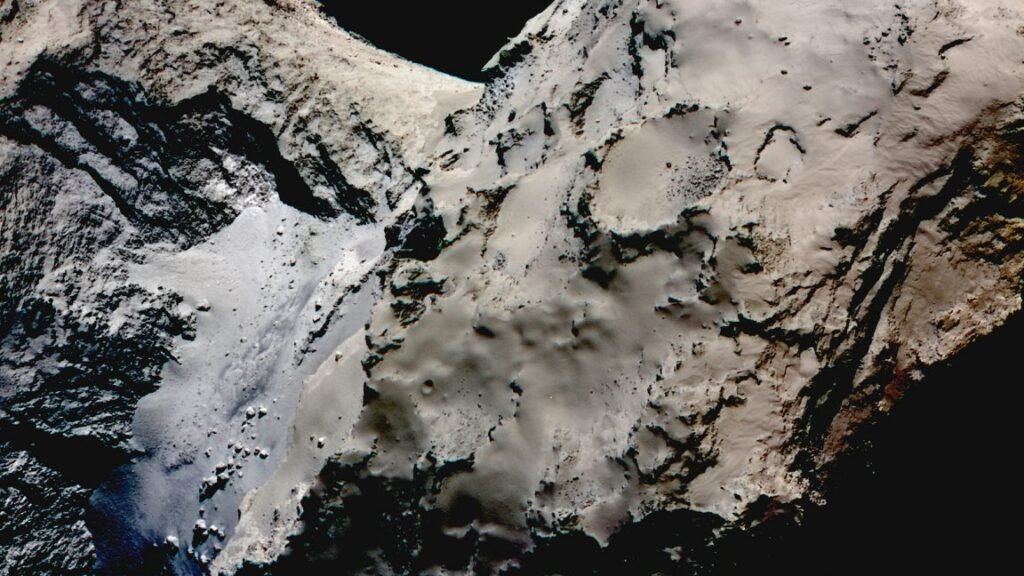Congress created the SLS rocket 14 years ago with the NASA Authorization Act of 2010. The large rocket kept a river of contracts flowing to large aerospace companies, including Boeing and Northrop Grumman, who had been operating the Space Shuttle. Congress then lavished tens of billions of dollars on the contractors over the years for development, often authorizing more money than NASA said it needed. Congressional support was unwavering, at least in part because the SLS program boasts that it has jobs in every state.
Under the original law, the SLS rocket was supposed to achieve “full operational capability” by the end of 2016. The first launch of the SLS vehicle did not take place until late 2022, six years later. It was entirely successful. However, due to various reasons, the rocket will not fly again until September 2025 at the earliest.
Because of the cumbersome process of building the core stage, main engines, and side-mounted boosters of the rocket, NASA’s contractors only have the capability to build one rocket a year. And that is more or less fine, because the agency doesn’t have more money to build Orions and other components for more than one crewed Artemis mission to the Moon per year.
With this legislation, then, Congress is asking NASA to find other customers for the rocket, be they from the private sector, US Department of Defense, or elsewhere. This is a bit like selling sand to a Bedouin, and NASA has already fought this losing fight in the past. The Department of Defense has said thanks but no thanks.
NASA also sought another “customer” in its Science Directorate, offering the SLS to launch the $4 billion Europa Clipper spacecraft on the SLS rocket. However, in 2021, the agency said it would use a Falcon Heavy provided by SpaceX. The agency’s cost for this was $178 million, compared to the more than $2 billion it would have cost to use the SLS rocket for such a mission. Additionally, mission scientists had serious concerns about a “shaking” issue with the SLS rocket. This large vehicle is powered off the pad by two very large solid rocket boosters that produce significant vibrations.




